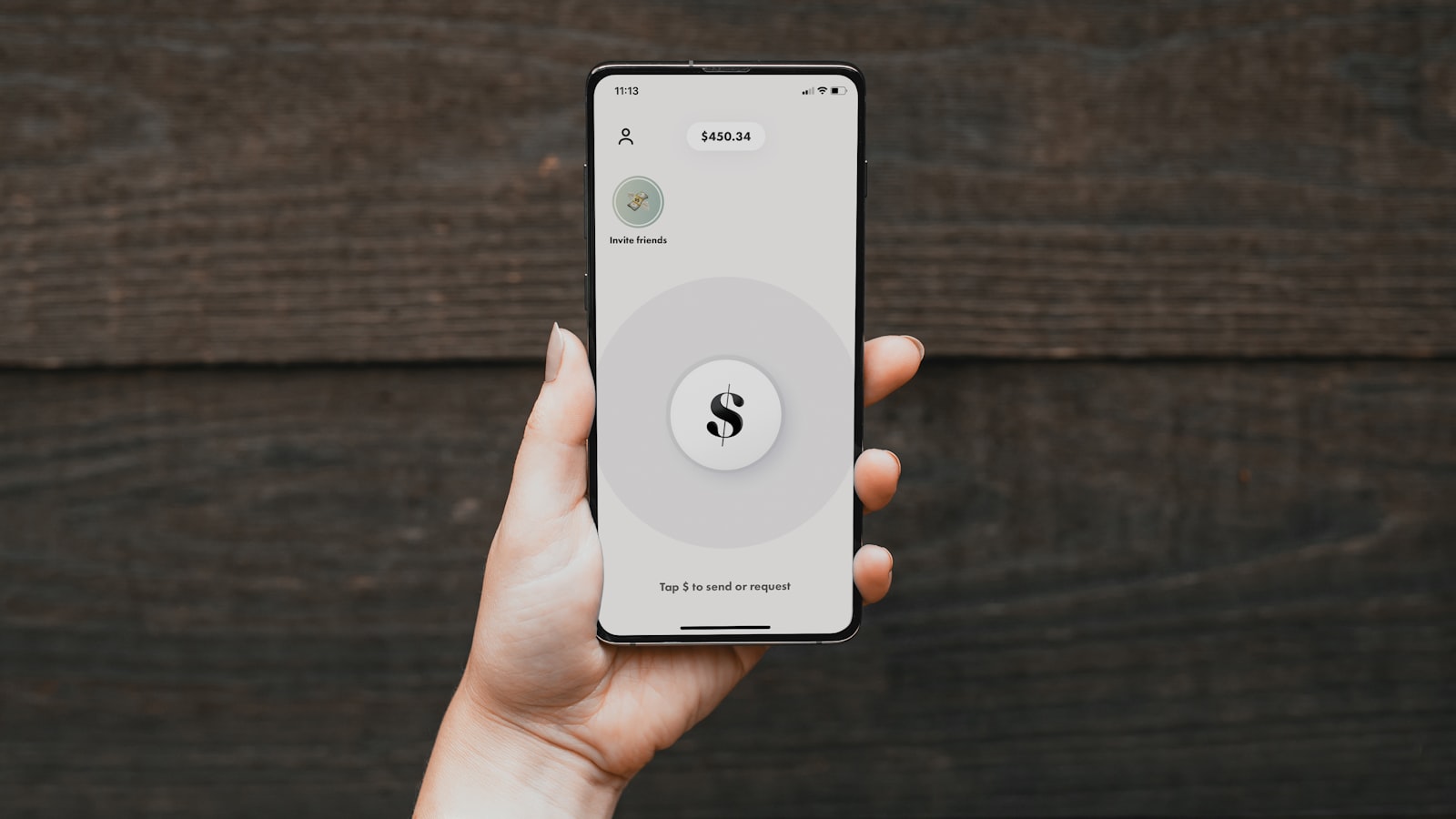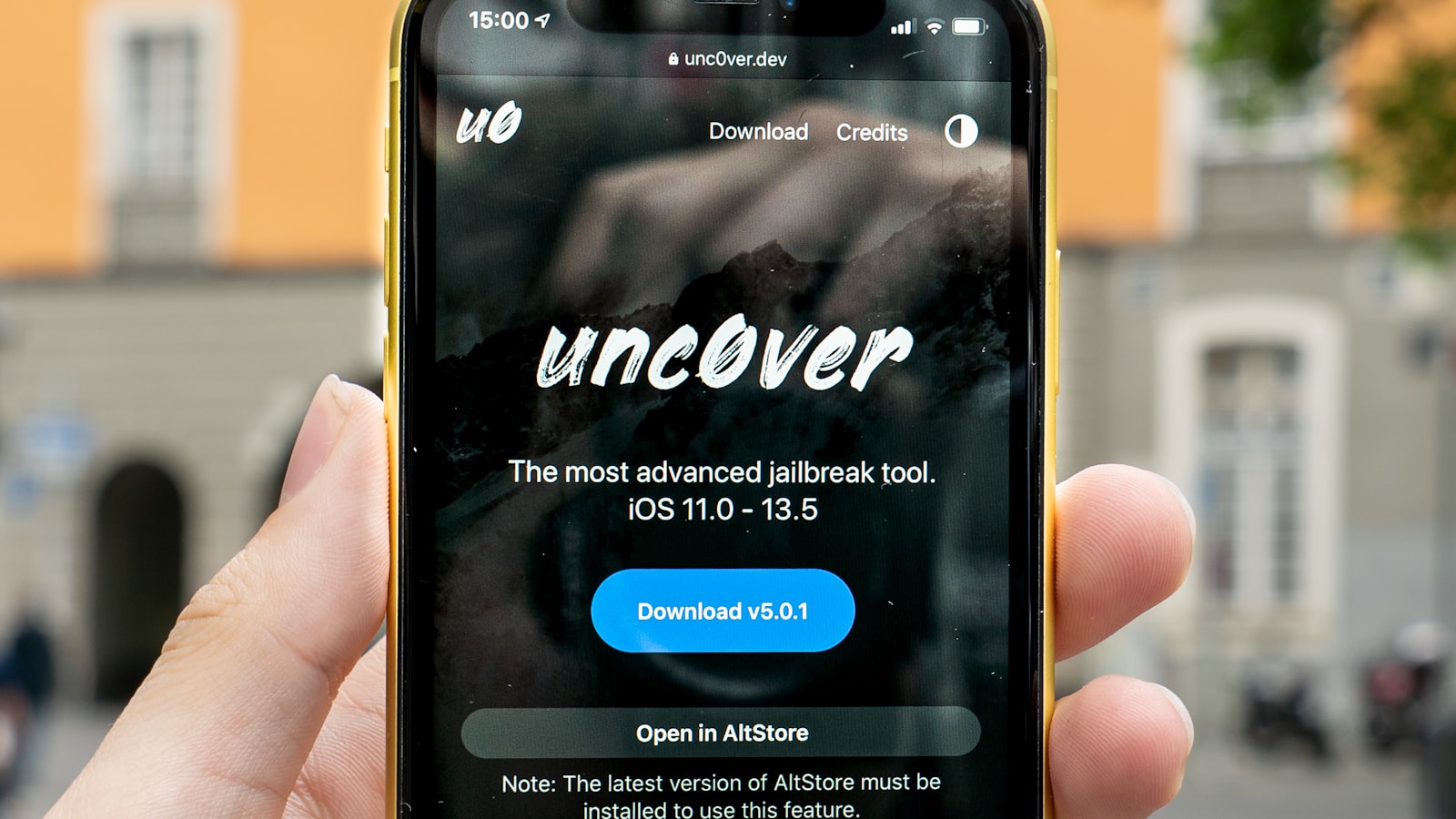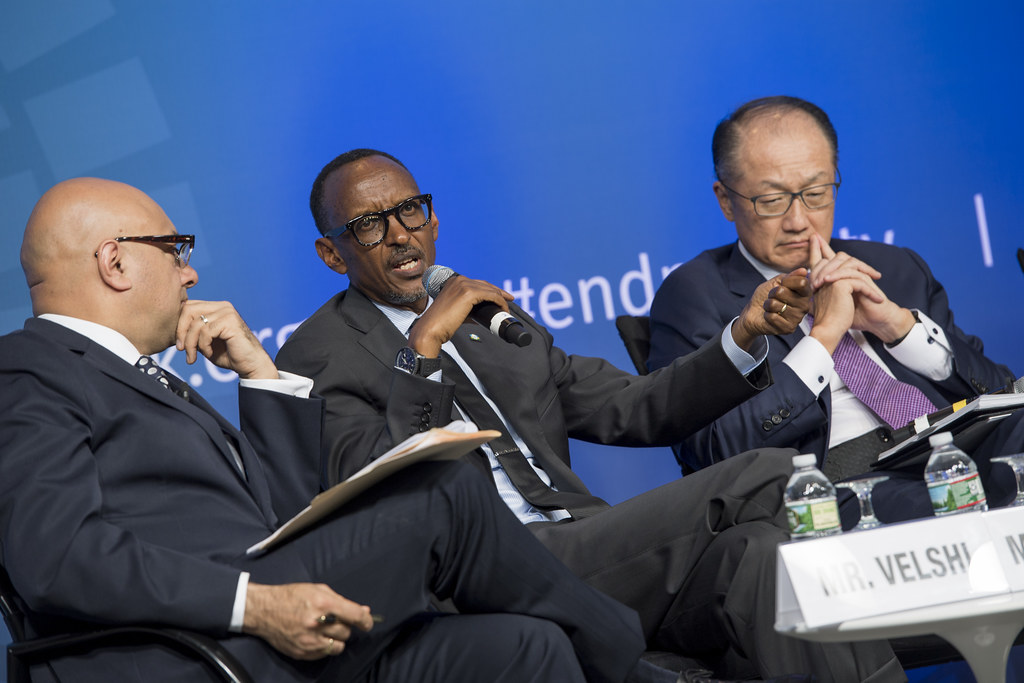

Close

In today’s volatile market, investors are constantly seeking an edge to make sound decisions. What if we told you that the key to successfully timing the market lies within the hallowed halls of museums? Yes, you heard that right. By tapping into the unique insights and historical context preserved within these cultural institutions, investors can gain a deeper understanding of market trends and make more informed investment decisions. Join us as we explore how art, history, and finance intersect in the world of market timing.
Exploring the depths of museum insights unveils a treasure trove of historical trends that can provide valuable insights into predicting market movements. Just as archaeologists piece together ancient artifacts to uncover hidden stories, analysts can use past market data as clues to anticipate future trends.
By studying the rise and fall of civilizations through museum artifacts, we can draw parallels to economic cycles and market fluctuations. Understanding how societies thrived or collapsed can offer valuable perspectives on how current market dynamics may evolve.

By examining visitor behavior at museums, we can extract valuable data that can help in creating effective market timing strategies. Understanding when visitors are most likely to visit a museum can provide insights into when certain exhibitions or events should be scheduled to maximize attendance and revenue. By utilizing this data, museums can optimize their marketing efforts and enhance the overall visitor experience.
Key factors to consider when analyzing visitor behavior include peak visiting hours, popular days of the week, and seasonal trends. By identifying patterns in visitor traffic, museums can tailor their programs and promotions to attract a larger audience during specific time periods. This data-driven approach not only benefits the museum in terms of attendance and revenue but also fosters a deeper connection with visitors by offering relevant and engaging experiences.

When it comes to making informed investment decisions, having access to all the relevant information is crucial. In the world of finance, hidden patterns can often be the key to understanding market trends and predicting future performance. By carefully analyzing artifacts and exhibits related to a particular industry or company, investors can uncover valuable insights that may not be immediately apparent.
One of the most effective ways to fine-tune investment decisions is to look for connections between seemingly unrelated data points. By examining artifacts such as historical documents, financial reports, and market analyses, investors can identify patterns that may indicate upcoming shifts in the market. Additionally, studying exhibits such as product prototypes, customer feedback, and industry trends can provide valuable context for understanding the current trajectory of a company or industry.

When it comes to maximizing profits in the museum industry, it’s essential to leverage insights to strategically determine market entry and exit points. By carefully analyzing visitor trends, exhibition popularity, and revenue-generating opportunities, museums can make informed decisions that drive financial success.
Utilizing museum insights allows for a targeted approach to market entry, identifying prime opportunities to showcase new exhibits or launch innovative programs. By understanding visitor behaviors and preferences, museums can tailor their offerings to meet demand, ultimately increasing foot traffic and revenue. Moreover, analyzing data on market exit points enables museums to minimize losses by recognizing when to phase out outdated exhibitions or services that no longer align with audience interests.
In conclusion, by utilizing museum insights to time the market, investors may find new perspectives and strategies to navigate the ever-changing world of finance. Whether it’s examining historical trends or gaining inspiration from the creativity and innovation of art, there is much to be learned from the intersection of culture and finance. So next time you’re pondering your investments, consider taking a trip to your local museum for a fresh outlook on the market. Who knows what masterpieces of knowledge and inspiration you may discover?

